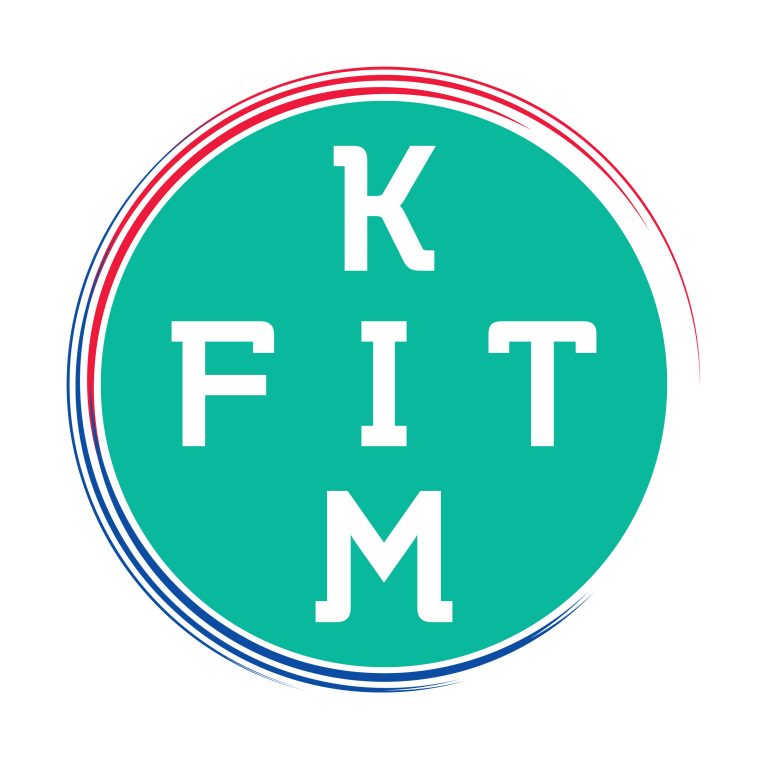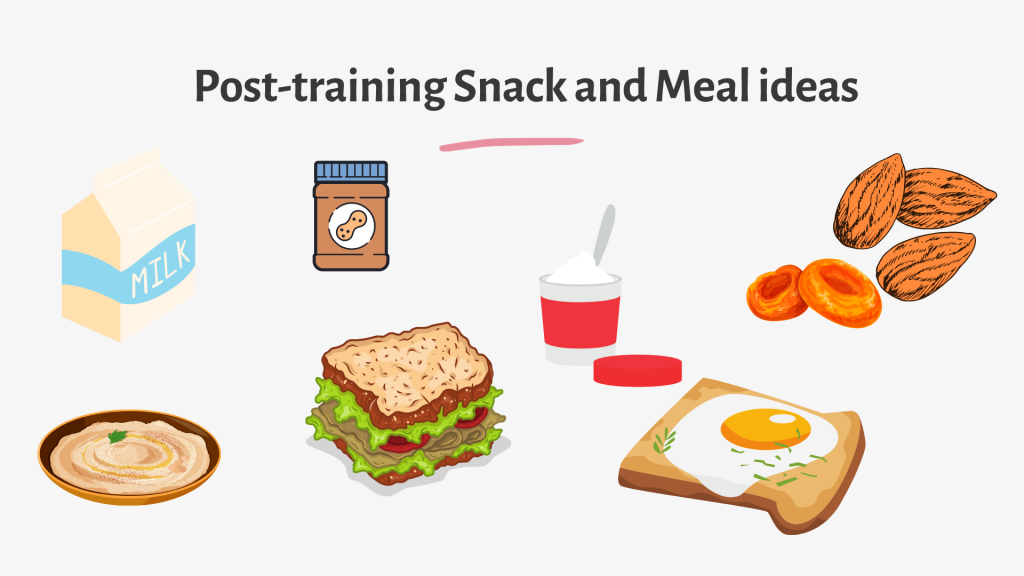5 things you should do to recover after a run
“We can only benefit from the sessions we recover from”
Shona Halson
If you’re wondering how to recover after a run, then you’re in the right place. Recovery is one of the most fundamental principles of training. A lot of people spend a lot of time worrying about what type of training is best, how much to do and when to do it, yet no time thinking about how to recover from it. Yes, these questions are a piece of the puzzle, however it is no good perfecting your training regime if you’re not recovering from sessions.
You must recover harder than you train to see the benefits.
Exercise disrupts the bodies homeostasis; it’s balance. Exercise causes fatigue, increased body temperature, dehydration, depletion of muscle glycogen and soft tissue damage.

Exercise causes fatigue, increased body temperature, dehydration, depletion of muscle glycogen and soft tissue damage.
For adaptation to occur training must be accompanied by periods of recovery. The goal of which is to restore homeostasis.
5 Things You Should Do To Recover After A Run
- Sleep
- Rehydrate
- Refuel
- Active recovery
- Rest
Let’s break each of these down a little further.
1. Sleep
I’m going to hand over to Shona again for this one.
“Sleep is the most important recovery strategy we have”
Shona Halson
We recover in our sleep. Therefore, it makes sense that not getting enough sleep shortens the time available for restoration of homeostasis and leads to under-recovery.
This was underpinned recently by a recent study found that endurance athletes who slept for less than 7h a night incurred a 51% risk of new injury compared to those who slept for longer than 7h (Johnston et al., 2020).
Wow. Simply getting more sleep can have a massive impact on how likely you are to get injured.
If you’re sleep is poor quality or you’re not getting at least 7 h a night, then consider making this a priority.
For more tips and to hear from the Queen herself, check out this podcast from the British Journal of Sports Medicine:
2. Rehydrate
You lose fluid when you exercise and this needs to be replaced when you finish (or even during). Try to consume 1.5 x fluid lost when you exercise. Not sure how much? Weigh yourself (naked) pre- and post-exercise.
Top tips:
- Consuming fluids which contain sodium and glucose (salt and carbs) helps fluid absorption > water alone.
- Replace fluid regularly in moderate volumes over 4-5 h rather than in large volumes in a smaller window (< 3 h)
3. Refuel
Glycogen is an important fuel source during exercise. The harder the intensity, longer the duration and the hotter the weather the more we use. It is important to restore muscle glycogen stores post-exercise.
Do this by consuming 0.7-1.2 g/kg carbohydrate post-exercise. The sooner your next training session, the quicker you need to replenish these stores. The rule of thumb is to consume your carbs within 2h of finishing IF you have a session within the next 8h. However, most of us do not train twice a day so it is okay to wait until your next snack or meal if this is more suitable.
Exercise causes damage to soft tissue and it is important to repair this prior to your next session. This process of repair is known as muscle protein synthesis and requires protein. A good rule of thumb is to eat 20-30g of animal protein post-exercise. Females and older adults require higher volumes of protein (so closer to 30g) and vegetarians/vegans will need to consume more plant protein offset the lower quality.
It is helpful to combine your carbohydrate and protein using a 3:1 ratio, if you’re having a post-training snack. Here are some ideas I used when I was training that don’t include supplements.
4. Active Recovery
A cool down (i.e. gentle aerobic activity at the end of a session) can help keep the heart rate and breathing rate elevated in order to aid the recovery process and restore the body to its pre-exercise state.
Energy is provided by the aerobic system to help remove any waste products and to replenish stores used. This is known as excess post-oxygen consumption (EPOC), or the oxygen debt.
Other physical interventions such as stretching and massage, can be useful to relieve tension from the tissues and to calm the sympathetic nervous system. However, I would suggest that sleep, rehydration and refuelling are a priority and form the basis of any recovery strategy. The same goes for ice baths or compression garments; they’re accessories and can be employed after the foundational principles are met.
5. Rest
We spend a lot more hours NOT training than training. And this is how it should be. Planning adequate rest into your training plan is a non-negotiable for success; particularly around high-intensity sessions. It can take the body up to 24h to fully replenish glycogen and if you don’t leave sufficient rest between (hard) sessions you will end up under-fuelling and under-recovering which has negative consequences for performance AND health.
I’d recommend at least one complete rest day a week and taking 1-2 days between harder or long sessions. On top of this it is important to build up training volume gradually – 10% increase a week max. You can read more about how to monitor and manage this in last week’s blog.
Summary
Recovery really is king. Think about the best athletes in the world. Yes, they have the privilege of not ‘working’ but they recover really hard. They sleep loads, eat loads and rest when they’re not training. Doing this is what allows them to train really hard and generally be awesome. In the general population I see a lot of training happening, on top of work and family combined with inadequate recovery. This is a recipe for disaster and certainly not supportive of performance, let alone health. It is only a matter of time before something gives.
Remember.
“We can only benefit from the sessions we recover from”.






